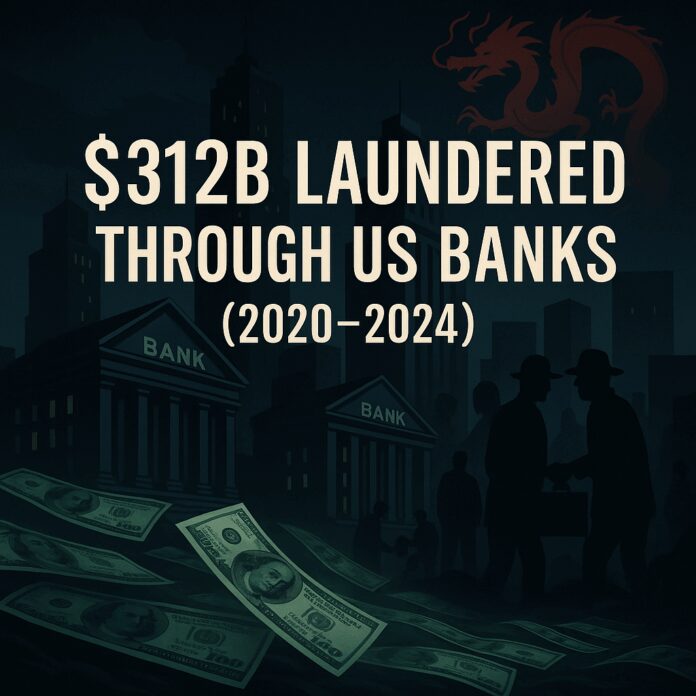According to a FinCEN advisory, U.S. banks processed approximately $312 billion in suspicious transactions between 2020 and 2024, tied to Chinese money laundering networks (CMLNs). These operations frequently serve as conduits for Mexican drug cartels—laundering illicit proceeds while providing Chinese individuals with a way to bypass domestic currency controls (Cointelegraph).
The Scope and Mechanics of the Laundering Network
- FinCEN analyzed 137,153 Bank Secrecy Act reports filed by financial institutions over a five-year span, revealing the staggering volume of suspicious activity linked to these networks (FinCEN AdvisoryWikipedia+15FinCEN.gov+15Cointelegraph+15).
- CMLNs often function through money mule networks—including individuals identifying as students, retirees, or homemakers—who move illicit funds through seemingly lawful accounts.
- This system has created a mutually reinforcing relationship: drug cartels need dollar laundering channels, while Chinese citizens seek to circumvent strict domestic foreign-exchange limitations.
Broader Indicators of Illicit Activity
- The illicit flows cited by FinCEN are among the highest ever reported, overshadowing most known crypto-based money laundering volumes.
- FinCEN advisory also warns that these networks facilitate a diverse array of crimes, including fraud, human trafficking, and even the misuse of senior care facilities, based on associated suspicious activity reports Financial Times+1Cointelegraph.
The Implications for Financial Institutions
The Treasury Department’s advisory underscores heightened scrutiny across the banking sector. Financial institutions are urged to monitor for signs of CMLN activity—such as unusual large deposits from individuals with limited legitimate income sources or accounts linked to frequent dollar-mexico-dollar back-and-forth transactions.
Summary Table
| Metric | Details |
|---|---|
| Total Suspicious Activity | ~$312 billion (2020–2024) |
| Reports Analyzed | Over 137,000 SARs under the Bank Secrecy Act |
| Criminal Linkage | Ties to Mexican drug cartels and Chinese underground banking networks |
| Range of Criminal Activity | Drug proceeds, fraud, human trafficking, misuse of elderly care facilities |
Bottom Line
This represents a significant emergence of traditional financial conduits in laundering illicit capital—outpacing crypto-focused schemes in scale and visibility. Banks must ramp up monitoring of high-risk profiles and transfers, especially involving cross-border money flows tied to China and Mexico.




